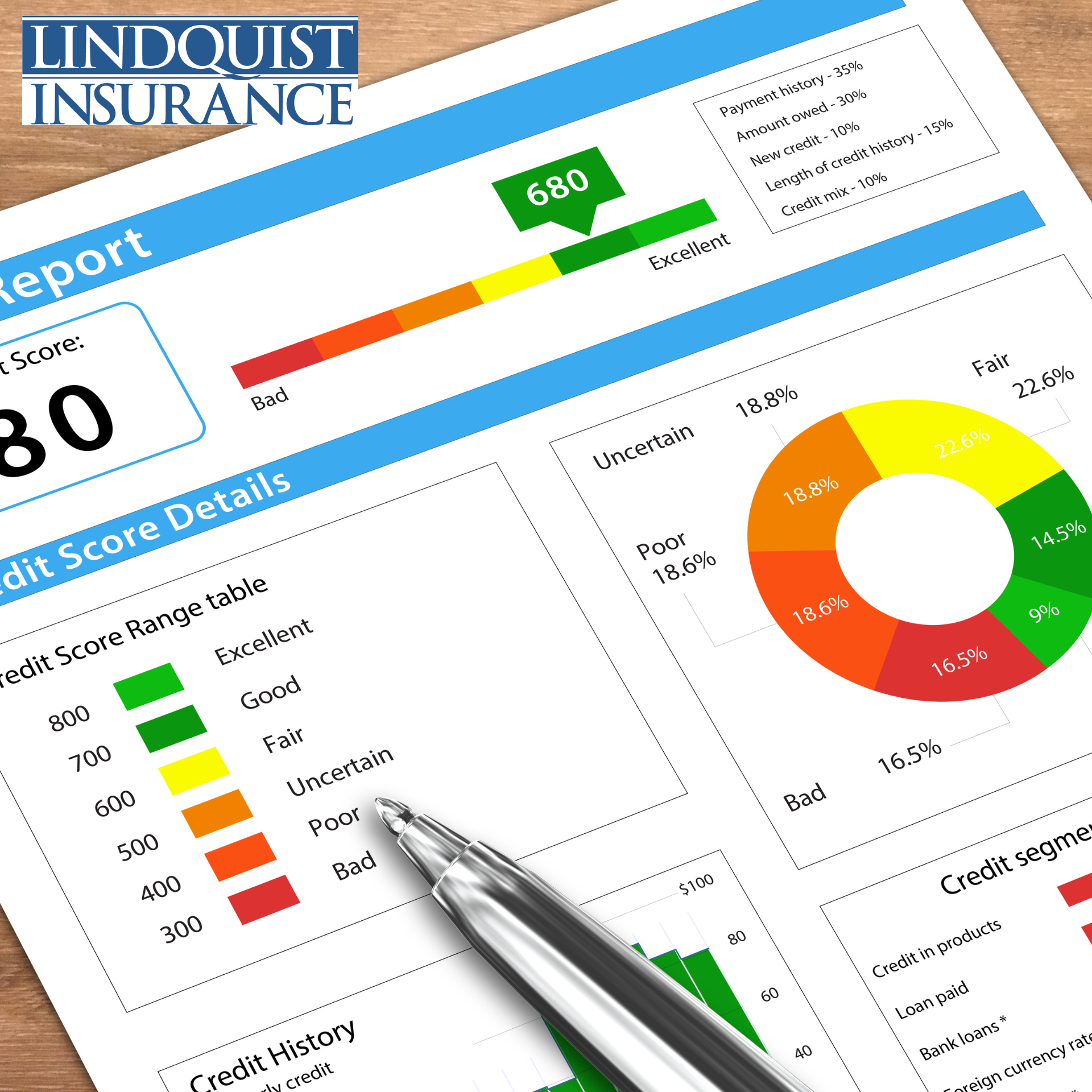Driving on Empty: Is It Really That Bad?
Find out what car experts have to say.
We’ve all been there: driving down the highway as the low fuel warning light illuminates the dashboard. For some, it’s accompanied by feelings of panic and anxiety. Others take it as a challenge to tempt fate.
Whether you’re running late or just weren’t paying attention, finding yourself low on gas can happen to anyone. (That’s when you’d be glad to have emergency roadside assistance with your auto insurance policy.)
But experts say it’s a bad idea to make driving on empty a regular habit – here’s why.
HOW LONG CAN YOU DRIVE ON EMPTY?
When your car’s gas tank approaches empty, your vehicle will likely trigger a warning light letting you know that it’s time to fill up. But how many miles you have left before running out of fuel largely depends on your particular vehicle and driving style.
Most auto manufacturers send a low-fuel signal to the driver when there’s only enough gas to make it somewhere between 30-60 miles. To find out the exact range for your vehicle, look in your owner’s manual.
Many modern vehicles also provide a calculation of exactly how many miles you can drive until you’re completely out of fuel. But keep in mind these mileage estimates are just that…an estimate. Sitting in traffic, driving at high speeds or climbing a steep hill can all impact these numbers dramatically.
IS IT BAD TO DRIVE ON EMPTY?
As a general rule, it’s best to avoid letting your vehicle run low on gas. Car care experts recommend not letting your fuel level drop below ¼ tank. There are a few reasons for this:
- It could leave you stranded. If you run out of gas, your car’s engine will stop — and you’ll be stuck whenever and wherever it happens. When this occurs, you’ll need to either call for help or start walking to the nearest gas station. In addition to being a major inconvenience for you and your passengers, there are safety concerns with stopping on the side of the road, too. If your car does run out of gas, try to pull a safe distance to the side of the road. And avoid standing outside your vehicle near oncoming traffic.
- It can damage your vehicle. As if being stuck on the side of the road isn’t bad enough, driving on empty can also be bad for your car. Critical components, like your vehicle’s fuel pump, aren’t designed to operate without fuel. And while it’s unlikely you’ll cause immediate damage by running out of gas once or twice, you can reduce the lifespan of these parts — leading to costly repairs later.
WHAT DOES DRIVING ON EMPTY DO TO YOUR CAR?
Everyone knows running out of gas will cause your car to stall. But driving on empty can create even more damage below the surface.
- Clogged fuel filter: Over time, your car’s gas tank will collect dirt, sediment and debris. This typically isn’t a huge issue, because it settles to the bottom of the tank. But when you run low on gas, the likelihood of that sediment getting drawn in by your fuel pump increases. This can clog the pump’s fuel filter, which will slow the flow of gas to your engine.
- Damaged fuel pump: It’s the job of your car’s fuel pump to send gasoline to the engine. The pump is submerged in the gas tank where, by design, it uses fuel to cool and lubricate it. Most fuel pumps can last for the life of your vehicle. But when you run your car on empty, it’s possible for the pump to overheat, which can lead to a costly failure. Because the gas tank often needs to be drained and removed to replace the pump, this labor-intensive job could cost upwards of $1,000 to repair.
- Engine misfires: When running on empty, your car’s fuel pump can start to take in air, which means the engine isn’t consistently getting the gas it needs. This often results in engine misfires. To you, this will likely feel like your engine has a loss of power, hesitation or vibration. It’s not good for your engine, and could potentially cause larger problems down the road.
Want more car care advice? Read more in our guide to keeping your high-mileage car running.
HOW DOES YOUR CAR ACT WHEN YOU RUN OUT OF GAS?
It will be obvious when your car finally runs out of gas. You may experience some brief hesitation from engine misfires — that’s your first warning sign. When this happens, try to pull off the side of the road and out of traffic. Shortly after, your engine will shut down and the vehicle will lose power.
If your car isn’t starting, it could be another problem, such as a dead battery. Read more in this list of 7 reasons why your car won’t start.
WHAT SHOULD YOU DO IF YOU RUN OUT OF GAS?
If your car does run out of gas, keep you and your passengers safe by following these steps.
- Pull over.
Turn on your hazard lights and pull off the roadway in a safe location — if at all possible. If you know you won’t make it to a gas station, look for a safe place to pull over before you completely run out of gas.
- Call for help. Your next step should be to get help. You can call a friend or family member that lives nearby, or your emergency roadside service provider. If those aren’t options, you can try calling a tow company or the non-emergency number for the local police department.
HOW MUCH GAS DOES IT TAKE TO START A CAR AFTER IT RUNS OUT?
To restart your car, it only takes a gallon or so of fuel. But however much you fill up the tank, be sure it’s enough to get you to the nearest gas station.
WHO DO I CALL IF I RUN OUT OF GAS?
If your car ever does run out of gas, it’s nice to know someone will be there to help. Roadside Service coverage from Erie Insurance not only helps with lockouts, flat tires, mechanical breakdowns and dead batteries — it can also even save the day when your car runs out of gas.
To use Roadside Service, just call 888-FOR-ERIE (888-367-3743) and select option 2. You’ll be connected with Agero, ERIE’s nationwide road service assistance partner.
One of the great things about this add-on is that there’s no deductible, so in most cases, you don’t have to pay an additional fee when using this road service. Agero will send someone to fill your tank, then bill ERIE directly. The service is always there for you 24/7, so whether it’s 4 a.m. or Christmas Day, you’ll get the help you need.
PEACE OF MIND COMES STANDARD.
Get in touch with a local ERIE agent to ask about adding Emergency Roadside coverage to your auto insurance policy. Roadside coverage is just one more way ERIE is with you — no matter where the road takes you.
1 Roadside Service coverage is only available when comprehensive coverage has been purchased on the vehicle. Limitations vary by state. In North Carolina, Towing and Labor Service Coverage is only available when comprehensive coverage has been purchased on the vehicle. Delivery of gas is included at no additional cost; policyholder will pay for the gas.










Share On: